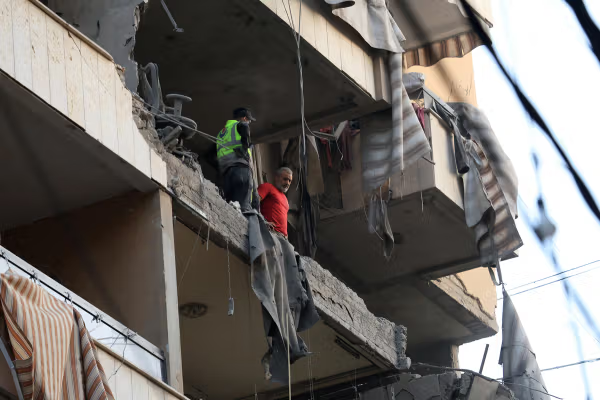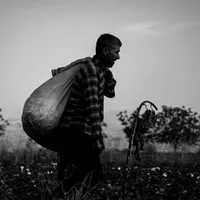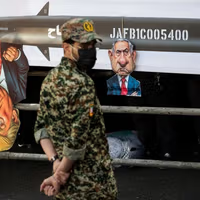The Human Rights Activists News Agency (HRANA) said that its reporting represents only incidents that could be independently verified.
“The actual scale and severity of violence against women in Iran is significantly higher,” the report said, though the available data already “lays bare the deadly dimensions of gender-based violence.”
Beyond the 110 killings, HRANA recorded 93 cases of severe abuse, including 63 incidents of rape and sexual assault, 11 reported beatings, 9 acid attacks, 9 cases classified as domestic violence, one self-immolation and one suicide linked to gender-based abuse.
The organization said cultural taboos, family pressure and the absence of safe reporting mechanisms in Iran mean a large share of incidents never reach authorities or the media.
What appears in the report, it said, is “only a fraction of a much broader reality” that affects women from households to public spaces and across state institutions.
Iran’s Sharia-based legal system has long been criticized for discriminatory provisions against women, particularly in criminal and family law.
A controversial example is a law that exempts fathers – who legally own the right to the “blood” of their offspring – from the death penalty if they kill them. Another law allows a father to pardon his children’s killers, for the same reason, if he so chooses.
Such provisions have led to lenient sentences in many so-called honor killing cases.
In May, Iran's government announced the withdrawal of a critical draft law on violence against women from parliament after hardliners watered it down, dealing a new setback to women's rights in the theocracy.
The bill—originally proposed by former President Hassan Rouhani’s administration—was intended to strengthen protections for women by increasing penalties for physical abuse and providing support services for victims.
But modifications by hardline lawmakers significantly altered the bill’s core principles, leading the government to abandon the effort.
'Nationwide abuses'
HRANA said documented cases came from all 31 provinces, underscoring that abuses are nationwide rather than confined to any specific region.
Tehran accounted for at least 50 cases, followed by Razavi Khorasan with 13, West Azarbaijan with 11, Fars with 9 and Kermanshah with 8.
The report noted a rise in recorded violence during months of heightened social and security pressure, including December and January 2024, and in early spring and summer this year.
Many cases, HRANA said, were reported even in state media, reflecting levels of violence that “cannot be fully censored.”
The group added that similar patterns are visible in abuses targeting LGBTQ+ people, though extreme censorship and security pressures prevent reliable documentation.
It said violence against women cannot be separated from broader gender-based discrimination in Iran, where "systemic restrictions continue to deprive women and girls of fundamental rights."
The findings were published ahead of November 25, recognized by the UN as the International Day for the Elimination of Violence Against Women.
First observed by activists in 1981, the date was formally adopted by the UN General Assembly in 2000, which called on governments and international bodies to take annual action to raise awareness and combat gender-based violence.
The day also marks the launch of the global “16 Days of Activism” campaign, running until 10 December, Human Rights Day. Under the UN Women “UNiTE” initiative, the color orange is used to symbolize hope and the global demand to end violence against women and girls.









